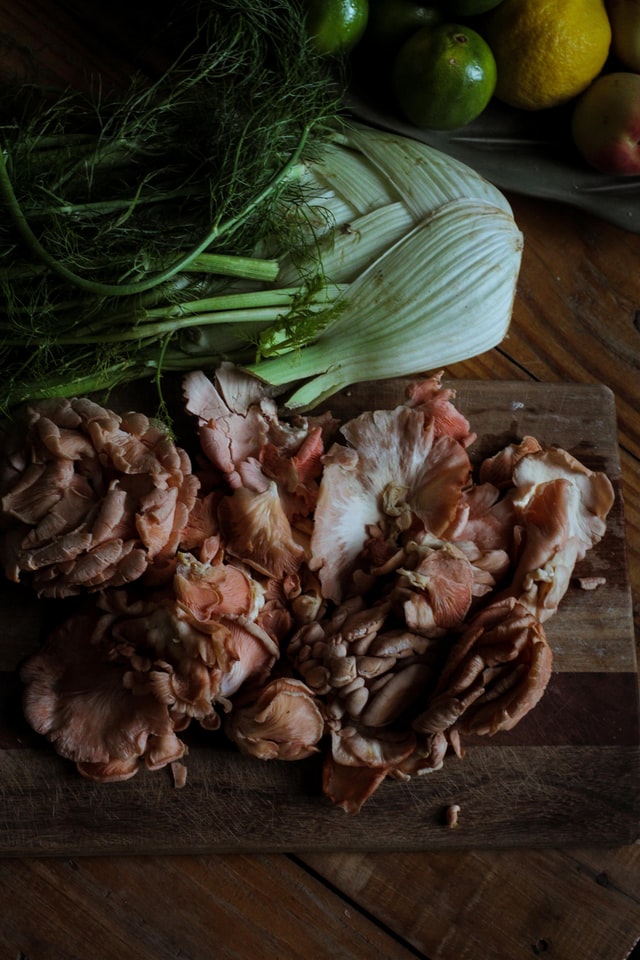
Fantastic Fennel
Did you know that the fennel plant is related to the carrot? Which makes these two veggies perfect companions. This aromatic, anise-flavored bulb is a perennial plant that is native to the Mediterranean and likes dry soil near sea coasts and riverbanks.
Fennel is one of our “root to seed” vegetables, which means that you can eat all parts of it. The bulb is the most commonly used part, with a fibrous texture and anise flavor. The fronds are wonderful used in salad and as a garnish, adding a bright pop of anise flavor, while the seeds are commonly ground and used in sausages and even desserts. The most coveted part of the fennel plant is fennel pollen, which is the most potent part of the plant and also the most expensive.
Fennel dates as far back at AD 23-79. It was first sited as being used by snakes to rub against when they were shedding their skins, believing that it improved their eyesight. It was also commonly used as a condiment and as an appetite suppressant. On Church mandated ‘Fastying dayes’, the faithful used fennel to get through the day, a tradition brought to the United States by the Puritans. They would bring handkerchiefs with fennel seed to nibble on during long services to stave off hunger; which led to fennel seeds often being referred to as ‘meetin’ seeds’.
Fennel was thought to be so powerful that it was used to treat 22 different ailments, including being an antidote to poisonous mushrooms and as a treatment for the bites of mad dogs. Throughout history, fennel has become both a medicinal and cookery staple.
Today fennel is grown around the world, and even thought to be a weed in Australia. It is even used in the manufacturing process of making absinthe. While we no longer believe that it can cure mad dog bites, fennel does provide several proven health benefits. It contributes to overall bone health, can help lower blood pressure, inflammation and really does help with your metabolism! So they weren’t that far off with the common claims of health remedies.
Fennel pairs well with chicken and pork, apples, pomegranates, celery, orange and of course…carrots! Try using fennel in more cooking applications by using the bulb and the fronds and see how creative you can get. You can also pair it with herbs like thyme and rosemary. When in doubt, go back to the “roots” and pair fennel with Mediterranean flavors and you can’t go wrong!
